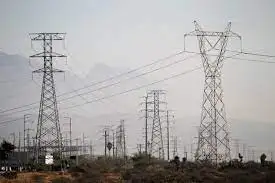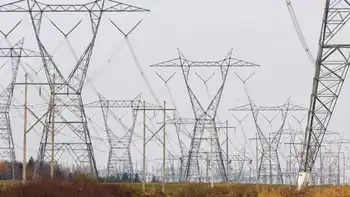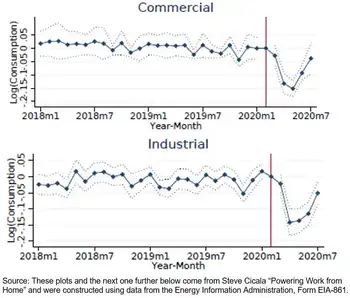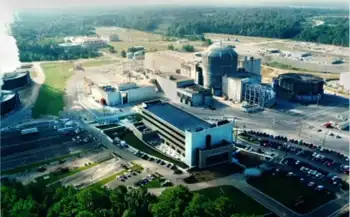Apparently wind farms and radar donÂ’t mix
By Associated Press
Substation Relay Protection Training
Our customized live online or in‑person group training can be delivered to your staff at your location.
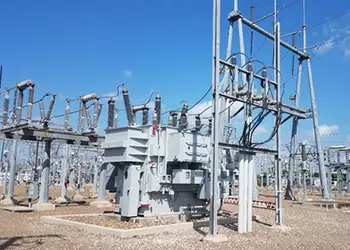
- Live Online
- 12 hours Instructor-led
- Group Training Available
A top U.S. general told Congress that federal agencies need to work better together on a formal vetting process for the wind projects to prevent them from being built where they will interfere with radar defenses.
Air Force Gen. Gene Renuart, head of U.S. Northern Command, said a number of projects raise "real concerns" involving radar interference, and he suggested that requiring companies to do early checks during the approval process for such obstruction may be needed.
"We've heard concerns that wind turbines may interfere with radar and impact military training routes," said House Armed Services Committee Chairman Ike Skelton, D-Mo. "While we must find new ways to meet our energy security needs, we must not compromise our national security."
While the radar interference issue is not new, it has become a bigger problem as more wind projects move through the permit process. Industry leaders and the Energy Department have said that wind power could provide as much as 20 percent of the nation's electricity by 2030.
Last month, Pentagon officials raised the issue with Congress, saying that they are devoting a lot of time and effort to the growing challenge of ensuring that energy projects don't conflict with military requirements.
"The current process for reviewing proposals and handling disputes is opaque, time-consuming and ad hoc," said Dorothy Robyn, deputy undersecretary of defense for installations and environment.
The Federal Aviation Administration reviews wind farm projects, looking at any interference with air navigation or radar systems. But while the FAA can flag problems during its review of a project, it cannot force a change or prevent a wind farm from being approved if a change is not made. Its recommendations, however, can sometimes affect a local zoning or other approval process.
Renuart and others say a more coordinated, interagency process is needed to better evaluate proposals.
It is difficult to say how many projects are tied up over the radar issue, but industry executives in a 2009 survey said that more than a dozen had been stalled, according to Laurie Jodziewicz, manager of siting policy for the American Wind Energy Association.
Jodziewicz said that projects totaling 10,000 megawatts of wind power were built in the U.S. last year, while projects involving another 10,000 megawatts were stalled by the radar issue. Projects vary in size and can include any number of turbines, but one turbine can generate between 1.5-3 megawatts of power in an hour at higher wind speeds.
The industry, Jodziewicz said, wants to work with federal agencies and officials are getting closer to finding a process that works. She conceded, however, that bringing everyone together can be a challenge.
Jodziewicz also said that at times the interference can be solved by upgrading the older radar systems, and that developers will work with the Defense Department to do those improvements.
In other cases the problem can be solved by shifting the configuration of the wind farm. Renuart said the North American Aerospace Defense Command, which he also heads, is putting together a radar obstruction evaluation team to determine the impacts of proposed wind energy projects in close proximity to our radars.
The Pentagon released a report in 2006 detailing the concerns with the wind farms, and said the Defense Department is developing other ways to deal with the problem, including technology improvements to the radar systems.





